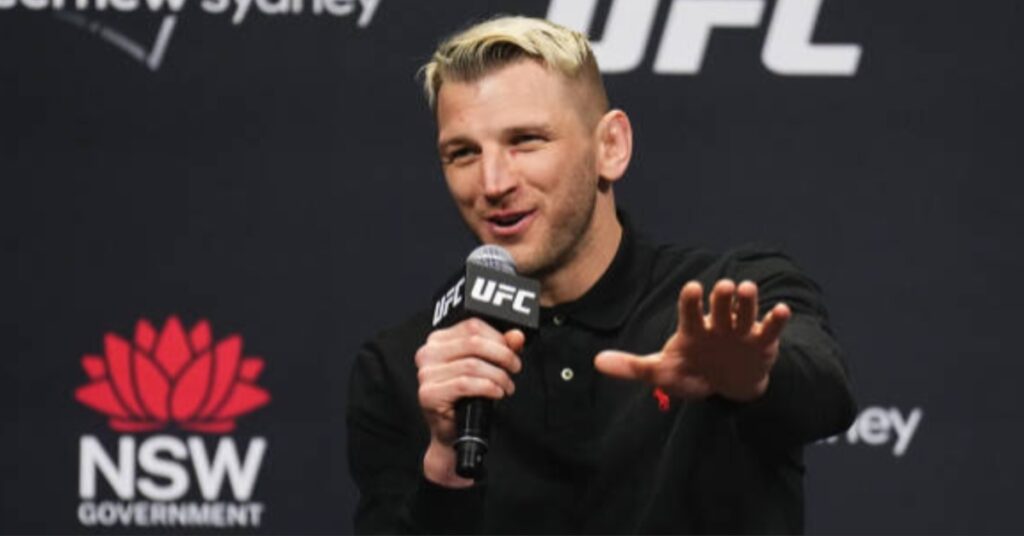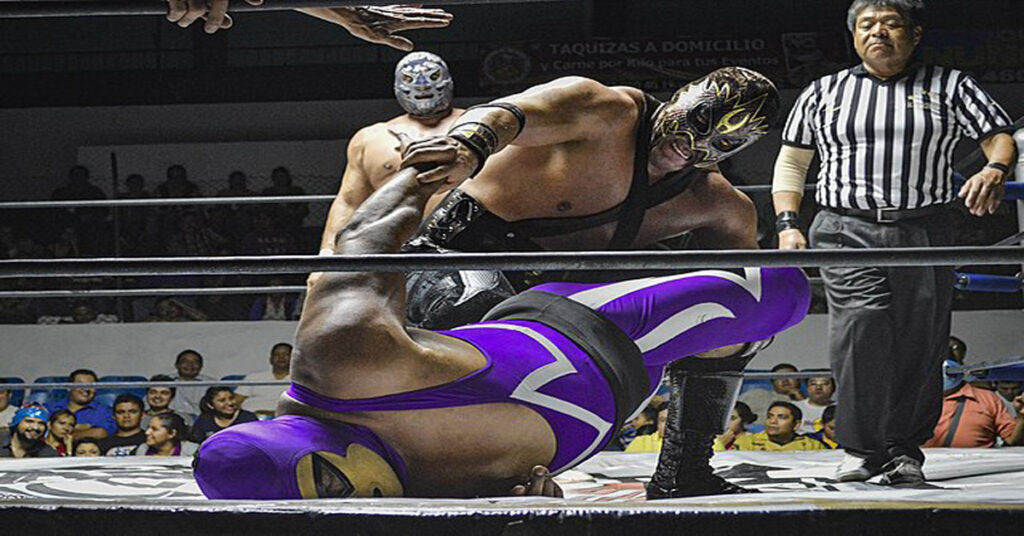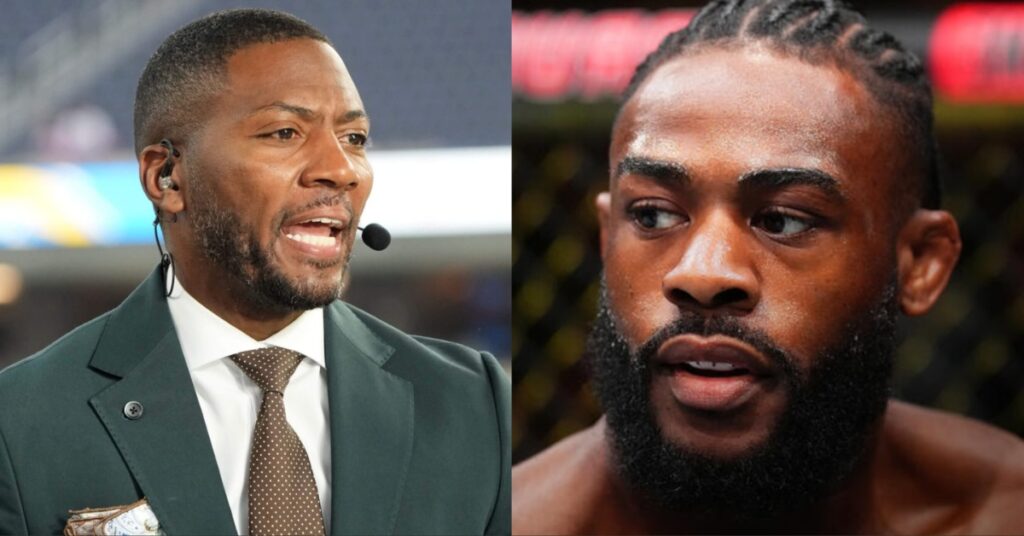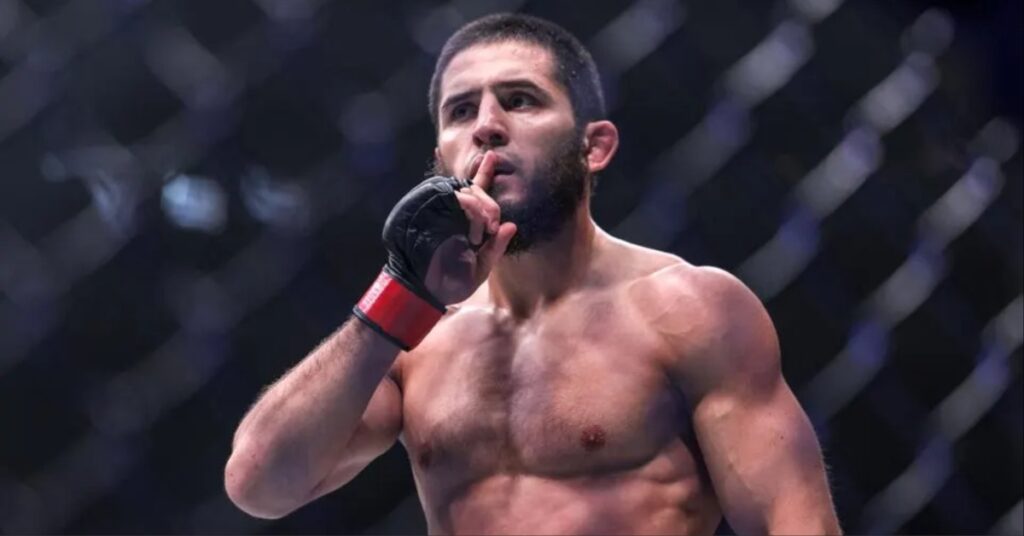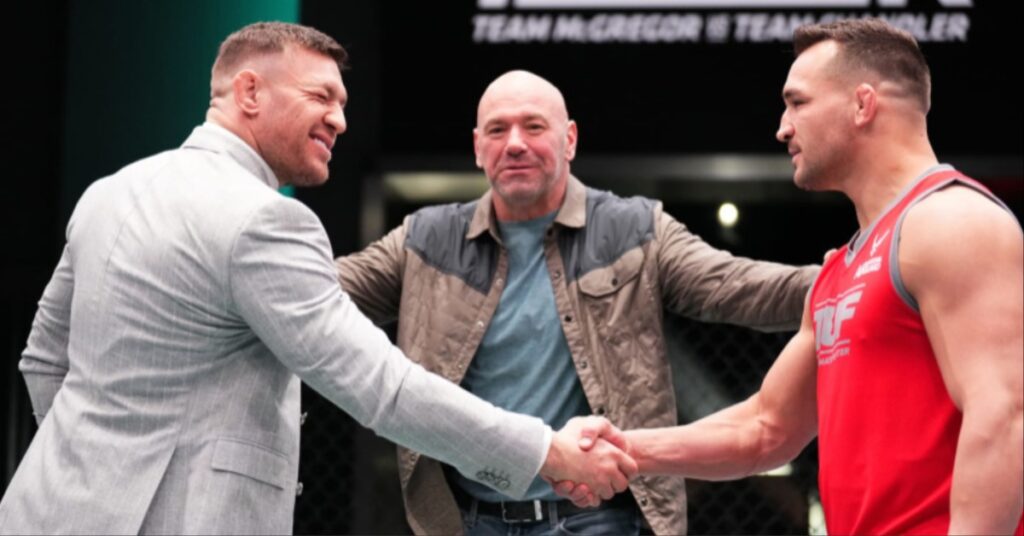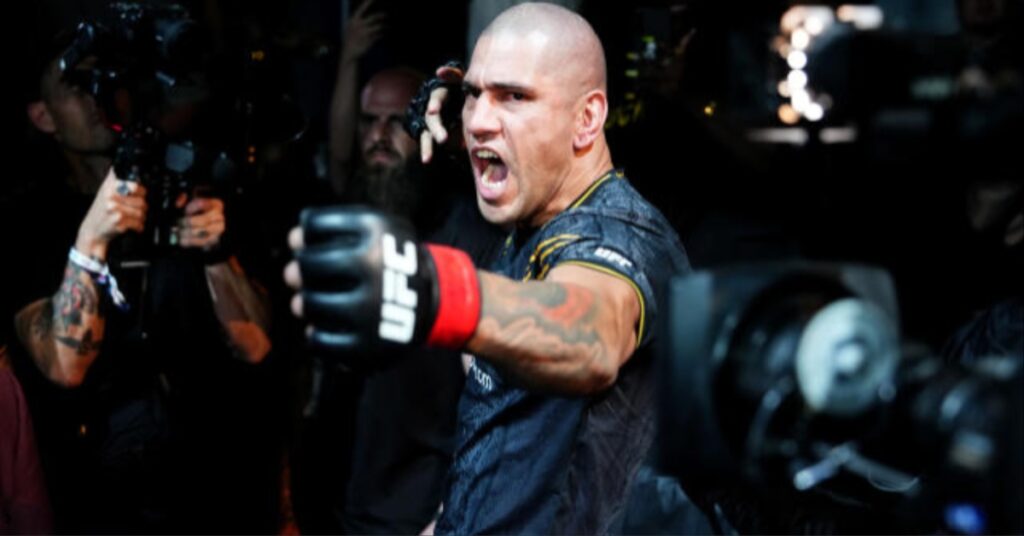The UFC Needs to Massively Scale Down The Amount of PPVs Each Year
Cain Velasquez became another victim (again) of the UFC’s so-called “injury bug,” pulling out of UFC 180 with a knee injury. This is great news for people who want to see a weirdo holding a UFC heavyweight title as Mark Hunt stepped in to fight original challenger Fabricio Werdum. This is bad news for fans who want to watch the greatest heavyweight talent in the sport since Fedor Emelianenko. It’s horrible news for the UFC, who set up this event in Mexico City to both help cultivate the Mexican market and provide a similar atmosphere for Velasquez that Conor McGregor received in Ireland earlier this year.
It’s another blow to the UFC’s pay-per-view business. UFC Chairman and CEO Lorenzo Fertitta told Sports Business Daily that “about 80 percent” of fights they wanted to put on have been cancelled. That’s probably an exaggeration (at least if we’re looking at the entirety of the UFC’s matchmaking), but the reality isn’t much better. Of the 14 events including and between UFC 168 and UFC 181 (including the cancelled UFC 176), only five have escaped an injury to a fighter in either the main or co-main event. That is, 64% of UFC PPVs within that timeframe have had alterations or cancellations to one of the featured bouts at the top of the card.
Combined with the loss of Georges St-Pierre (quasi-retirement) and Anderson Silva (wishboned leg), the injuries at the top of marquee events have led the UFC to its worst year on pay-per-view since 2005. In 2005, the UFC ran six pay-per-view events for a total of 950,000 buys and an average of 158,000 per event. This year hasn’t been that bad (2.22M total buys/277,500 per event), but that’s far below the “down years” of 2011-13. (It should be noted that those “down years” are in line with the total PPV business the UFC did prior to the 2009-10 Lesnar Era.)
The blame is often cast at “UFC oversaturation,” the idea that the UFC is flooding the market with too much content for their consumers. You can trace the oversaturation argument all the way back to 2010, when television ratings started to fall, and it’s only picked up steam as the UFC has expanded their product from 24 events in 2010 to 45 in 2014.
That comparison is a bit misleading, however. When you add in Strikeforce (15 events) and the WEC (8 events), you wind up with 47 shows between the three promotions in 2010. It seems only natural that the UFC would fill the void after assimilating the WEC and Strikeforce and inflating their roster. It was easier for Joe Casual to follow the UFC in 2010 because the promotional landscape helped delineate the sport. You had an A-show in the UFC and two solid B-products (with different niches) in Strikeforce and the WEC.
The problem isn’t that there is too many UFC events. The problem is that the UFC has done a bad job differentiating their products. There is, at times, little separating a pay-per-view event like UFC 177 (even before the Renan Barao fiasco) from one of the better Fox Sports 1 cards. This naturally leads people to ask questions like, “Why am I paying $54.95 to watch Beneil Dariush and Carlos Diego Ferreira?”
Fortunately, it’s a problem the UFC is aware of. As Lorenzo Fertitta told Sports Business Daily:
It’s about segmentation of the product, and quite honestly, I don’t think we did a good job of it when we went into the deal with Fox. We didn’t take a deep breath and say, ‘OK, how are we going to do this?’ It wasn’t until two or three months later when we said, ‘We gotta think about this differently.’ We had to segment the product and package it differently.
Progress has been made on this front. The first few UFC on Fox cards felt like promotion and network were closing their eyes and throwing darts at the wall. Those cards are starting to gain an identity: meaningful fight on top, action fights on the undercard. They seemed to have figured out their Fight Pass strategy as well: feature a regionally relevant fighter and pack the card with other locals. The Fox Sports 1 (formerly FX) shows have largely continued where they left off at Spike.
It’s on the success of their television deals, both domestic and international, that the UFC has buoyed itself. As Dave Meltzer notes at MMA Fighting, pay-per-view and ticket sale revenue now accounts for only 30 percent of the UFC’s revenues, down from 75 percent “[n]ot all that many years ago.” And revenues “have grown 50 percent in the past five years.”
While oversaturation seems nebulous and overall business seems healthy, the UFC’s pay-per-view strategy is in need of fine tuning. Despite their awful year, Meltzer notes that the UFC will continue on a “one per month” schedule in 2015, per Dana White. On one hand, you have to admire White and co. for their commitment to process over results. On the other, you have to wonder what the hell they’re thinking.
Simply put, the current roster cannot support 13 pay-per-views. They have few consistent draws. Jon Jones is the guy they can most rely on over the next few years, but has yet to transcend like Georges St-Pierre or Anderson Silva. Silva will headline UFC 183 in 2015, but is on Retirement Watch. Ronda Rousey, Dana White-proclaimed biggest star in MMA history, was just scheduled for her third supporting-role duty at UFC 182. Chris Weidman and Johny Hendricks are unproven. Sub-170 has sold tepidly at best post-B.J. Penn.
In addition, the pace of the UFC’s schedule makes it difficult for the company to fill pay-per-view undercards with appropriate talent. Fighters like Michael Bisping and Urijah Faber, long mainstays of PPV undercards, are now being relegated to Fight Pass main events and free TV PPV lead-ins. This isn’t all bad – being able to watch “name” talent for free or on the cheap is great, but it detracts from the value of a pay-per-view. Dana White once admonished boxing promoters for stuffing club fighters and also-rans underneath Manny Pacquiao and Floyd Mayweather. But the UFC quietly started to do the same thing with their biggest draws (Lesnar and St-Pierre), and it’s now become their norm.
The remedy is obvious: scale back pay-per-views to what the roster can support. Be dynamic. That’s what boxing’s done over the last decade. In 2006, HBO and Showtime put on 10 pay-per-view events drawing 3.7M buys for $179.5M in revenue. That number dropped to 8 for 2012 and 2013 combined. Thanks to two events a piece from Floyd Mayweather and Manny Pacquiao, plus the emergence of Canelo Alvarez, boxing will end 2014 with seven pay-per-view events, none doing worse than 300,000 buys. Low-balling the final boxing PPV – headlined by Manny Pacquiao and Chris Algieri – for 600,000 buys, boxing will end up drawing somewhere in the neighborhood of 4.1-4.3M buys this year, which, barring a miracle, will outperform the UFC.
It’s obvious the UFC has noticed the problem. They stacked the UFC 178 undercard (which saved them from another atrocious buyrate when Jones went down), and they appear to be doing the same thing for UFC 182. And while they should bounce back some in 2015 (regression to the mean, y’all), they’re still playing a dangerous game with a full calendar of pay-per-view events.
By Mike Fagan

